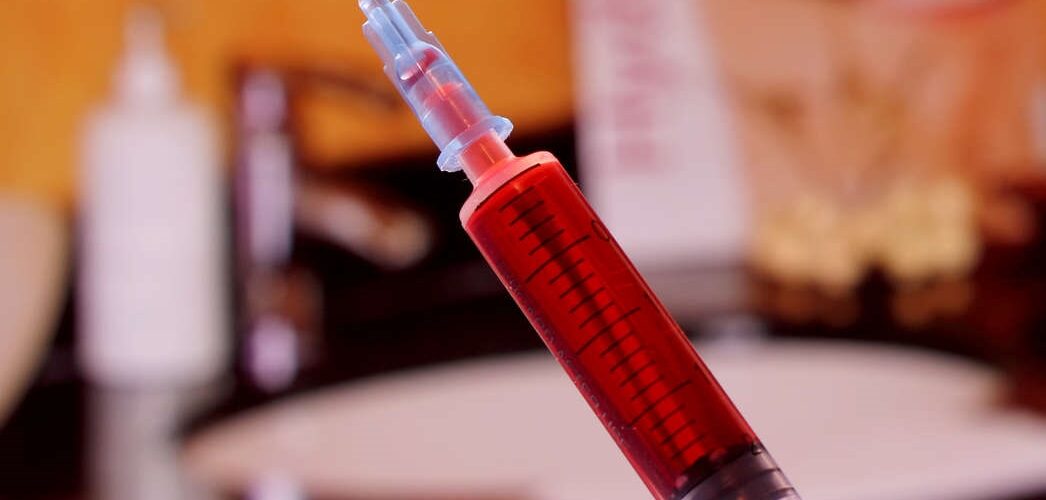Botox: Deadly Toxin or Overlooked Medicine?

The bacterium Clostridium botulinum is well known for producing botulinum toxin (or Botox) which is used cosmetically all over the world to relax facial muscles, reducing the number of wrinkles on a person’s face. However, it is important to note that Botox is an extremely potent neurotoxin, so powerful that it is often deemed ‘the world’s deadliest poison’, due to its absurdly low average lethal dose1. What makes this even more terrifying is the fact that the toxin uses the same mechanism to treat your wrinkles as it does to kill you.
All medicines have some toxic quality, but what makes botulinum toxin so scary is just how poisonous it is even in extremely low concentrations. Concentration (or dose) is important pharmacologically as different doses lead to various levels of therapeutic and/or toxic effects. Therefore, injecting a low dose of Botox doesn’t instantly lead to death or even have substantial side-effects.
However, the question remains: is there any medical use for Botox outside cosmetics? The toxin works by disrupting neurotransmitter function in smooth muscle, preventing muscle contraction. This effect can be harnessed to treat conditions that cause repetitive or sustained muscle tension. Conditions like strabismus (having one eye misaligned) or dystonia (muscle spasms) have commonly been treated with Botox injections, but there are more surprising conditions that botulinum toxin has been found to help2. A notable example of this is excessive sweating (or hyperhidrosis)3. The toxin is capable of interfering with the neural activity of glands, as it can with muscles, causing reduced activity. This is extremely helpful in reducing sweat production4.
Botox is currently only licensed to treat hyperhidrosis in the armpits but is sometimes offered as an experimental treatment in the hands and other extremities. In essence, botulinum toxin, one of the world’s most powerful neurotoxins, does in fact have some overlooked medical applications, and as research continues we may find even more.
Edited by Katrina Wesencraft











The cyanide is one of the most common poisons in history and the most popularly known, but its potency is rather low because of its oral LD50 of 6 mg per kg.
Here is a selection of the five deadliest poisons in the world, all of them were several hundred times more venous than cyanide:
https://everydayscience.blog/the-5-deadliest-poisons-in-the-world/
Scientists differ about the relative toxicities of substances, but they seem to agree that botulinum toxin, produced by anaerobic bacteria, is the most toxic substance known. Thanks for getting on to this subject, a debatable one.